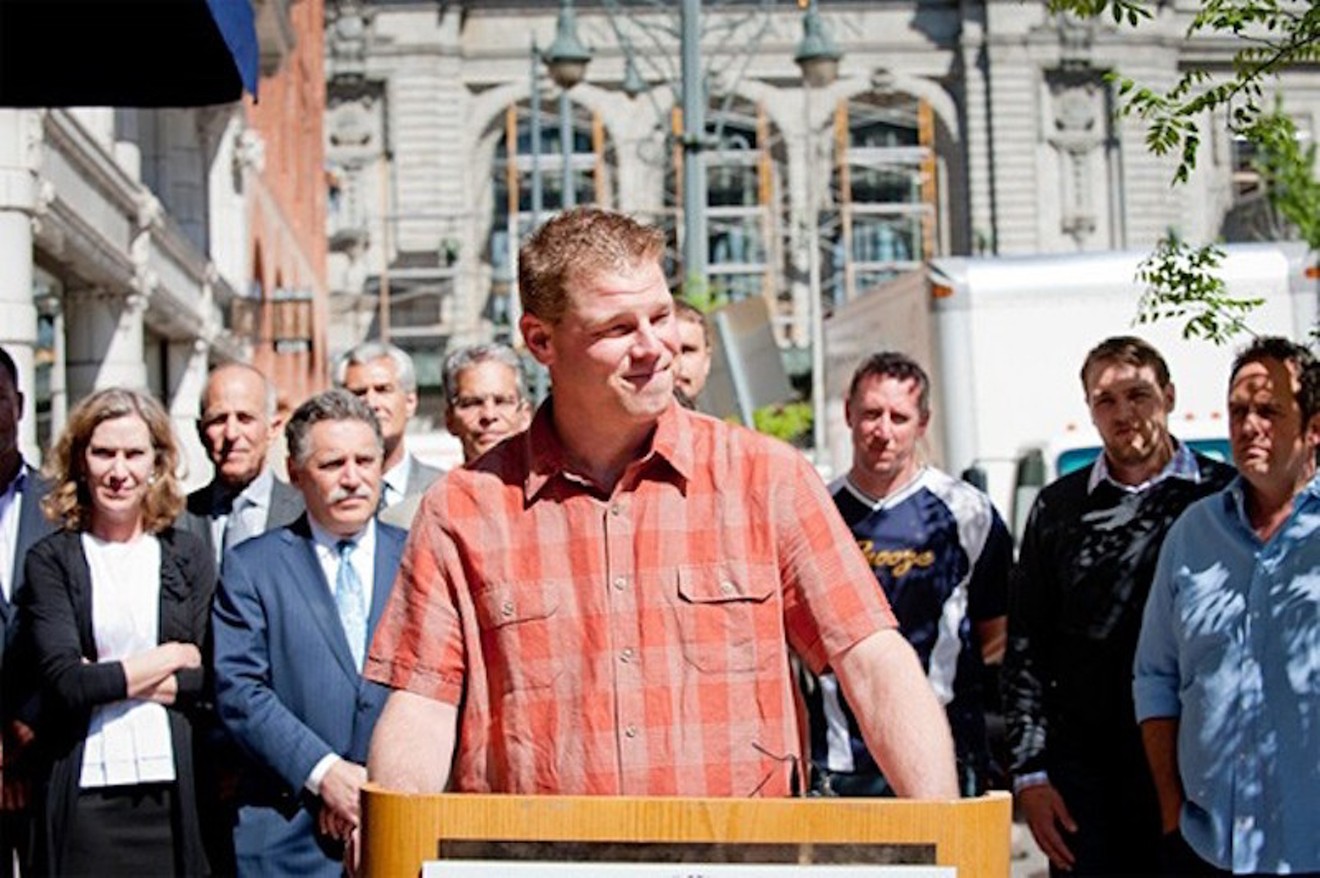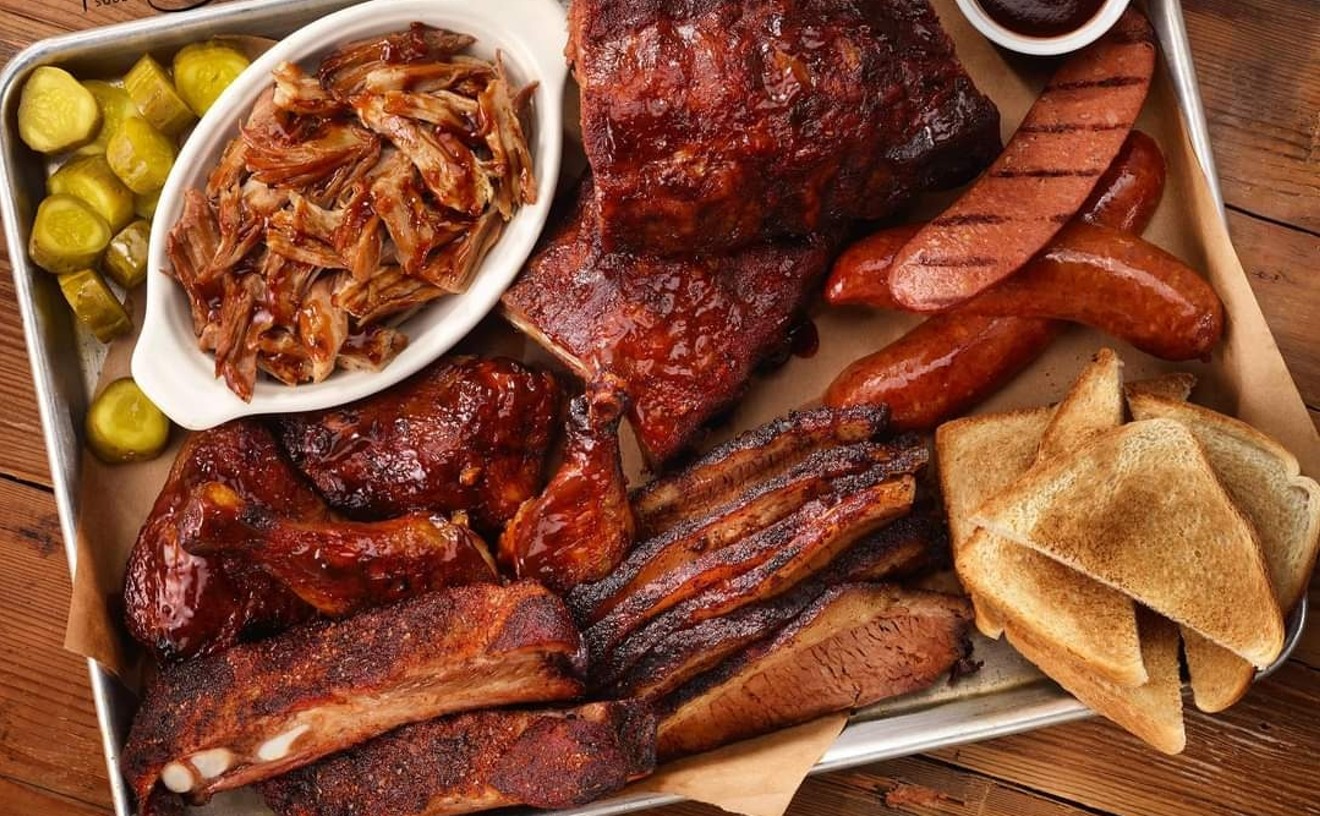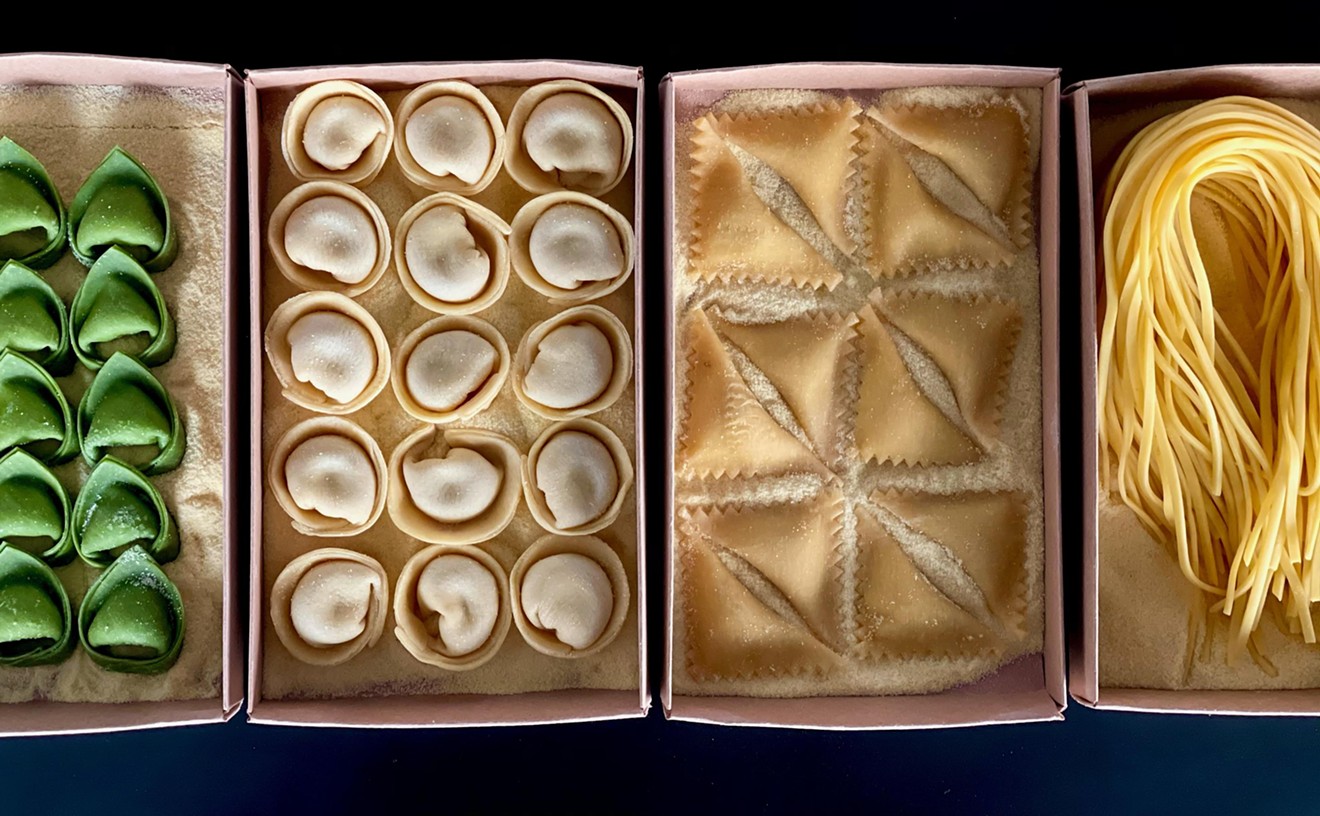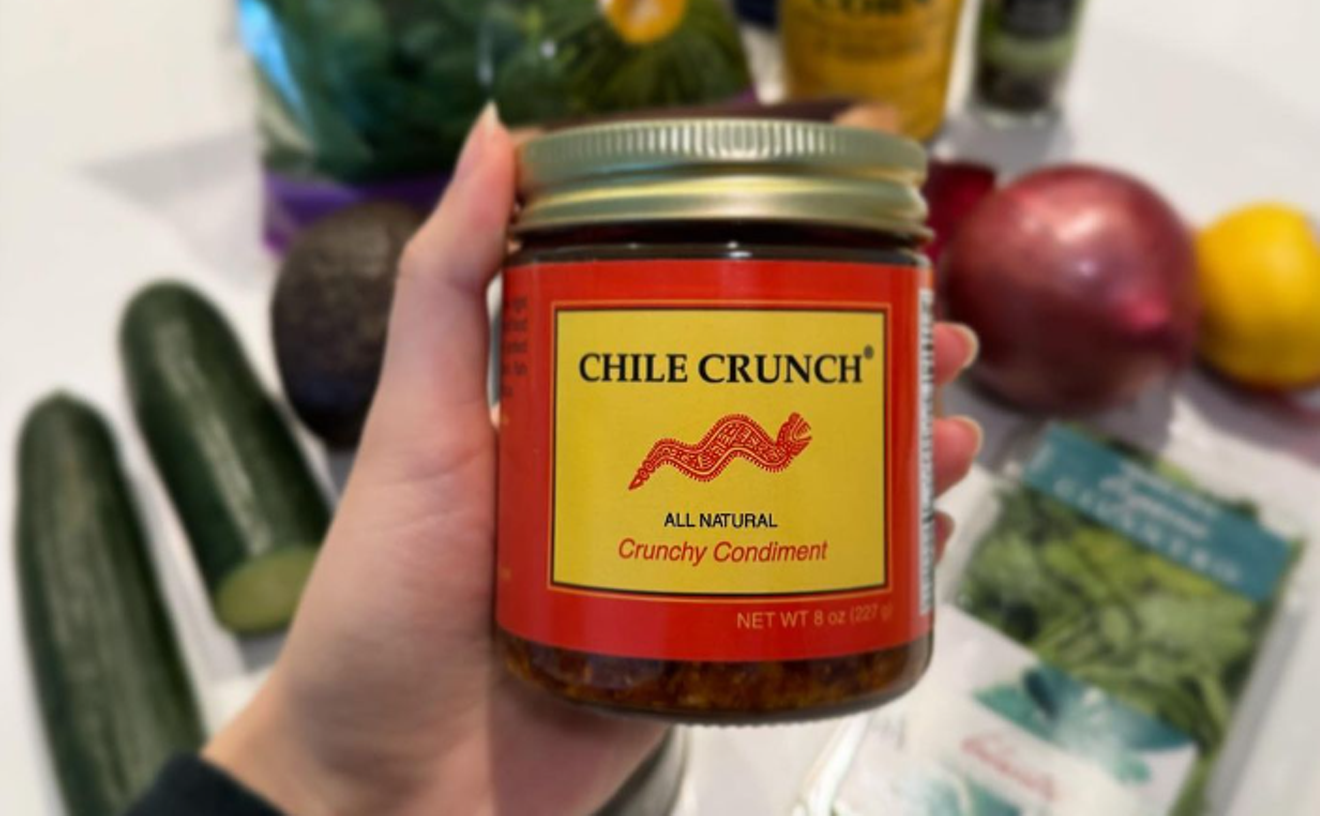The Good Food 100 is a ranked list, culled from restaurants that voluntarily participate in a survey about their sustainability practices in the kitchen. Chefs or restaurateurs provide their total food spend in six different ingredient categories, plus the percentage of that spend that fulfills the Good Food 100's criteria for good food. Good, says Boulder-based Sara Brito, the list's creator, is dependent on category, and ingredients must meet a minimum threshold to qualify. "We tried to say, if a restaurant were to do one thing that could move the needle on changing the food system for good, what would the one thing be?" says Brito. "So for instance, with meat, we see the use of antibiotics leading to antibiotic resistance. We could debate until the cows come home whether local is better than regional, whether pasture-raised is better than non-GMO seed, whether certification is necessary. We don’t mean to minimize the nuances, but in terms of trying to accomplish a study that will deliver value, we set the minimum threshold so that with a single act, [a restaurant] could start to move the needle in the right direction."
Once the restaurants self-report their data, including the suppliers from which they're purchasing, NSF Responsible Sourcing will independently audit the submissions to ensure accuracy, and then the University of Colorado's Leeds School of Business will analyze the data and create a list, ranking the restaurants so that they can be compared to each other. The resultant transparency, Brito hopes, will give consumers a way to understand what they're eating and open a conversation about how restaurants might be able to improve their sourcing.
Brito emphasizes that the survey is "not one of shaming or calling out restaurants for not doing things good enough. This is meant to inspire restaurants to share their data for the purpose of creating an industry study; you can’t create a powerful economic assessment without chefs and restaurants. Every single person who participates will be celebrated." Her goal is to get 100 restaurants to participate this year, and she has commitments from 25 ambassadors, including Rick Bayless, Hugh Acheson, the Kitchen's Kimbal Musk and Basta's Kelly Whitaker. But she says she'll never limit the list, and more data will allow the group to compare restaurants across categories, like fine dining and fast casual.

Alex Seidel's restaurants, Mercantile and Fruition, will provide data for the Good Food 100.
Ellen Jaskol
When she left Chefs Collaborative, her path crossed with Jeff Hermanson, the CEO of Larimer Associates, who has also been instrumental in shaping the Crested Butte Food and Wine Festival. Prodded by chefs like Jennifer Jasinski, Kelly Whitaker and Alex Seidel, Hermanson was looking for a way to bring more substance to the festival, homing in on critical issues facing the food world today. He invested in the Good Food 100, planning to piggyback some of his festival's content and educational opportunities for chefs on data culled from the survey.
Brito also plans to use the Good Food 100 to propel forward the Good Food Media Network, which she's founded in conjunction to educate consumers about making sustainable choices when it comes to food. "The mission is to educate and inspire eaters by cultivating a conversation and community around the people and businesses changing the world for good," she says. "At the heart of the mission is education via inspirational programming. We promote business doing good in the world to counter the media that is focusing on celebrity and taste and just one aspect of what it means to be a chef and a food business in 2017 and beyond." At the outset, that means digital programming and live events, but she believes that will evolve as the organization grows.
And Brito says she's been inspired by the chefs committed to improving the industry by being forthcoming about their own practices. "Transparency seems to be the key issue of our times," she says. "The question becomes, what are we going to do about it?"
The Good Food 100 inaugural list will drop in May of this year; restaurants can participate in the survey until March 31.











